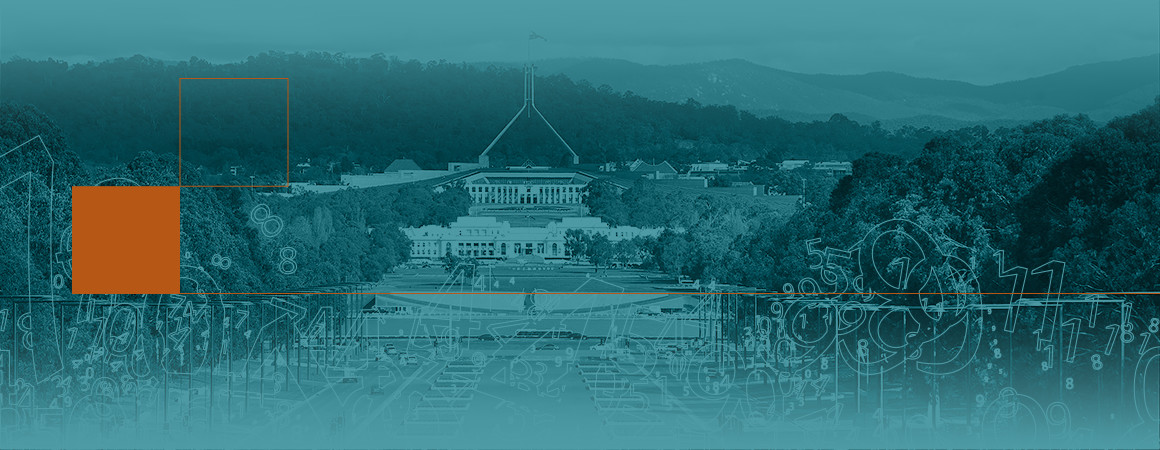
In the Budget, the Government did not announce any personal tax rates changes. The Stage 3 tax changes commence from 1 July 2024, as previously legislated.
From 1 July 2024, the 32.5% marginal tax rate will be cut to 30% for one big tax bracket between $45,000 and $200,000. This will more closely align the middle tax bracket of the personal income tax system with corporate tax rates. The 37% tax bracket will be entirely abolished at the time.
Therefore, from 1 July 2024, there will only be 3 personal income tax rates: 19%, 30% and 45%.
The 2022-23 October Budget did not announce any extension of the low and middle income tax offset (LMITO) to the 2022-23 income year. The LMITO has now ceased and been fully replaced by the low income tax offset (LITO).
The March 2022-23 Budget had increased the LMITO by $420 for the 2021-22 income year so that eligible individuals received a maximum LMITO up to $1,500 for 2021-22 (instead of $1,080).
With no extension of the LMITO announced in this Budget, 2021-22 was the last income year for which that offset was available.
As a result, low-to-middle income earners may see tax refunds from July 2023 reduced by between $675 and $1,500.
No changes were made to the LITO in the 2022-23 Budget. The LITO will continue to apply for the 2022-23 income year and beyond. The LITO was intended to replace the former low income and low and middle income tax offsets from 2022-23, but the new LITO was brought forward in the 2020 Budget to apply from the 2020-21 income year.
The maximum amount of the LITO is $700.
The Government will expand the paid parental leave (PPL) scheme from 1 July 2023 so that either parent is able to claim the payment, and both birth parents and non-birth parents are allowed to receive the payment if they meet the eligibility criteria. Parents will also be able to claim weeks of the payment concurrently so they can take leave at the same time.
From 1 July 2024, the Government will start expanding the scheme by two additional weeks a year until it reaches a full 26 weeks from 1 July 2026. Both parents will be able to share the leave entitlement, with a proportion maintained on a “use it or lose it” basis, to encourage and facilitate both parents to access the scheme and to share the caring responsibilities more equally. Sole parents will be able to access the full 26 weeks.
The Government will provide $4.7 billion over four years from 2022-23 to deliver cheaper child care and reduce barriers to workforce participation. This includes $4.6 billion over four years for 2022-23 to:
The Labor Government has reviewed a number of tax and superannuation related measures that had been announced by the previous Government, but not enacted. It states in Budget papers that it will abandon eight of these, while three others will have deferred start dates.
While most of the measures relate to “business taxation”, note that these proposals also include superannuation and personal tax measures.
The following finance-related proposed changes have been abandoned:
Residency Requirements for Certain Self Managed Super Funds: Start Date Deferred
The 2021-22 Budget measure that proposed relaxing residency requirements for SMSFs will be deferred from 1 July 2022 to the income year commencing on or after the date of assent of the enabling legislation
The Government intends to defer the start date for the following proposed third-party reporting rules:
Cash Payments Proposal Abandoned
In addition, the 2018-19 Budget measure that proposed introducing a limit of $10,000 for cash payments made to businesses for goods and services has been abandoned.
The Government confirmed that the changes to SMSF residency rules will now start from the income year commencing on or after the date of assent of the enabling legislation (yet to be introduced).
These measures proposed to relax the SMSF residency rules by extending the central management and control test safe harbour from two to five years, and removing the active member test for both SMSFs and small APRA funds.
The Government will not proceed with the former government’s proposal to change the annual audit requirement for certain SMSFs to allow a three-yearly cycle for funds with a history of good record-keeping and compliance.
The Government also announced that it will not proceed with the proposal to report standardised metrics in product disclosure statements (PDS) for retirement income products.
The Government confirmed its election commitment to lower the minimum eligibility age for making superannuation downsizer contributions to age 55 (down from age 60).
The information contained on this website and in this article is general in nature and does not take into account your personal situation. You should consider whether the information is appropriate to your needs, and where appropriate, seek professional advice from a financial adviser. Taxation, legal and other matters referred to on this website and in this article are of a general nature only and are based on our interpretation of laws existing at the time and should not be relied upon in place of appropriate professional advice. Those laws may change from time to time.
View Comments